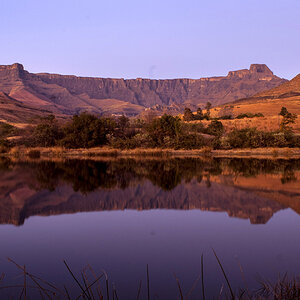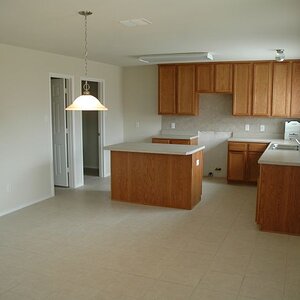JFPhotography
TPF Noob!
- Joined
- Jan 26, 2017
- Messages
- 15
- Reaction score
- 2
- Location
- New York City / Munich, Germany
- Can others edit my Photos
- Photos OK to edit
I'm still fairly new to the world of photography and DSLR. I got a Nikon D5300 a few months ago and I love the camera and it's great as I'm learning. I've been reading about lenses lately and read something about how the 18-55 kit lens only shoots around 9 megapixels even though the camera is capable of 24 MP. I have two questions:
1 - Is that actually the case with the lens?
2 - When looking to upgrade my lens at some point, what technical spec should I look for, say on the website for Nikon, Tamron, Sigma, etc...to see how many MP the lenses are capable of?
Thanks. Sorry if it didn't make a ton of sense the way I put it.
1 - Is that actually the case with the lens?
2 - When looking to upgrade my lens at some point, what technical spec should I look for, say on the website for Nikon, Tamron, Sigma, etc...to see how many MP the lenses are capable of?
Thanks. Sorry if it didn't make a ton of sense the way I put it.



![[No title]](/data/xfmg/thumbnail/30/30870-c7febc7c14dc6447653c2ae2355ffc61.jpg?1619734488)









